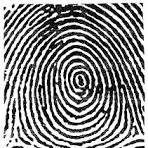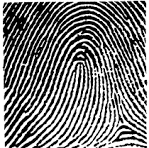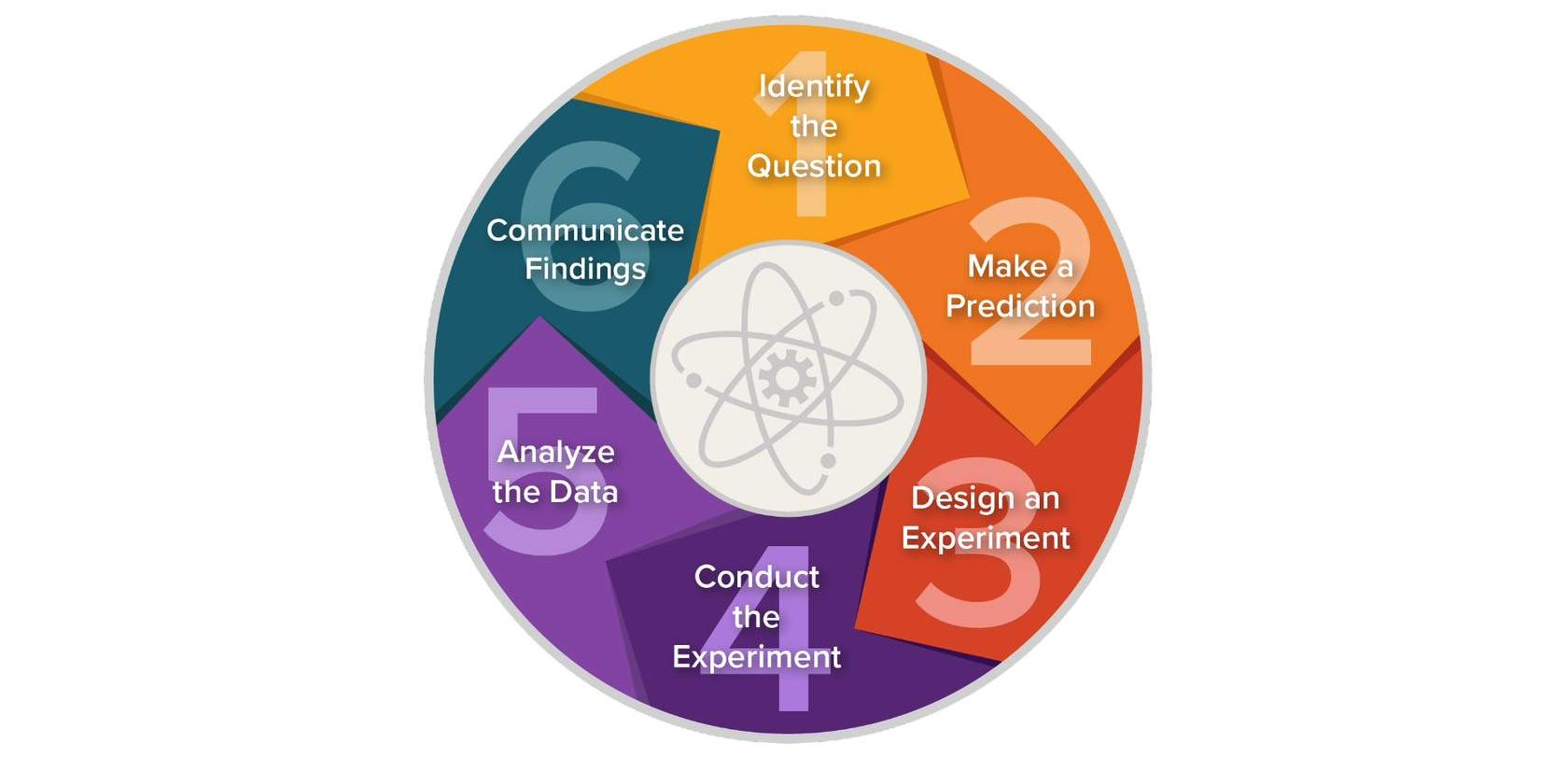PLTW Principles of Biomedical Science Midterm (1.1)
1/48
Earn XP
Description and Tags
use this for studying for the PLTW biomed midterm
Name | Mastery | Learn | Test | Matching | Spaced |
|---|
No study sessions yet.
49 Terms
Cortex
second deepest region of hair
Cuticle
the outermost layer of hair that protects the inner layers.
Medulla
the innermost layer of hair, responsible for its strength and flexibility.
Arch

Whorl

Loop

Minutae
Unique ridge patterns on fingerprints used for identification.
Trace Evidence
Physical evidence such as hair, fibers, or paint that can link a suspect to a crime scene.
Heart Rate
The number of times the heart beats per minute, indicating cardiovascular health and physical fitness.
Blood Pressure
The force of blood exerted against the walls of blood vessels, measured in millimeters of mercury (mmHg). It is an important indicator of cardiovascular health.
Respiratory Rate
The number of breaths taken per minute, reflecting lung function and overall respiratory health.
Skin Conductivity
the measurement of the electrical conductance of the skin
Experimental Design
identify the question
make a prediction
design an experiment
conduct the experiment
analyze the data
communicate findings

Experiment
a scientific procedure undertaken to test a hypothesis or demonstrate a known fact.
Hypothesis
a testable prediction about the relationship between variables.
Control
a standard for comparison in an experiment that ensures that the results are due to the variable being tested.
Independent Variable
the factor that is manipulated or changed in an experiment to observe its effects on the dependent variable.
Dependent Variable
the factor that is measured or observed in an experiment to assess the effect of the independent variable.
A antigens
Antigens in type A blood
B antigens
type of antigen in B blood
A and B antigens
antigens in AB blood
No antigens
antigens in O blood
B antibodies
antibodies in A blood
A antibodies
types of antibodies in B blood
No antibodies
antibodies in AB blood
A and B antibodies
antibodies in O blood
Red blood cells
cells that carry oxygen throughout the body. Contains hemoglobin
White blood cells
Cells in the blood that defend against illness
platelets
cells in the blood responsible for clotting to prevent bleeding
Plasma
liquid in the blood that maintains blood pressure and transports cells
agglutination
the clumping of red blood cells
A
the nitrogenous base that pairs with T
C
Nitrogenous base that pairs with G
ATTACGGA
TAATGCCT
complementary DNA sequence
Parts of DNA
Phosphate group, Deoxyribose sugar, nitrogenous base, covalent bond, hydrogen bond
Nucleotide
pentagon is deoxyribose, circle is phosphate. (covalent bond is outside, hydrogen bond is inside)

Eukaryotic cell
Cell that contains a nucleus, part of a multicellular organism
prokaryotic cell
an organism that lacks a distinct nucleus or any other organelles
Nucleus
the structure (organelle) in a cell that contains the DNA of the cell.
DNA
The genetic information that contains the instructions on what proteins to create, how something looks, and its function
Chromosome
bundles of DNA wrapped around a protein called histones.
Polymerase Chain Reaction (PCR)
A process where certain parts of DNA are duplicated over and over again so you are able to analyze it.
Restriction enzyme
protein that cuts a specific part of DNA in PCR
recognition site
the sequence of DNA that restriction enzymes recognize and cut
restriction digest
The process where a restriction enzyme cuts a section of DNA
RFLP
the resulting fragment of DNA that is left after a restriction enzyme cuts the DNA
Gel electrophoresis
The process where DNA is put into Agarose gel and is sort by the amount of base pairs the DNA has. The DNA is dragged to the end of the gel using electromagnetic charges.
Negative
the charge the DNA in gel electrophoresis has
positive
the charge the gel in gel electrophoresis has